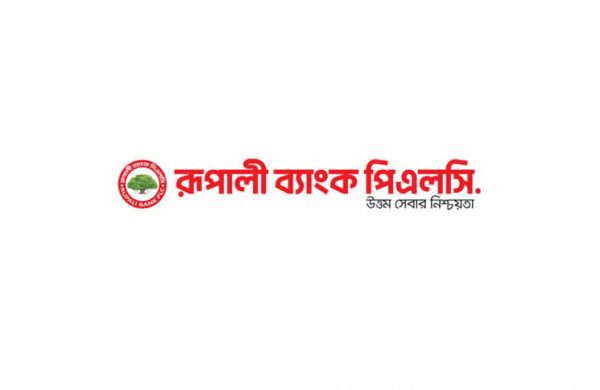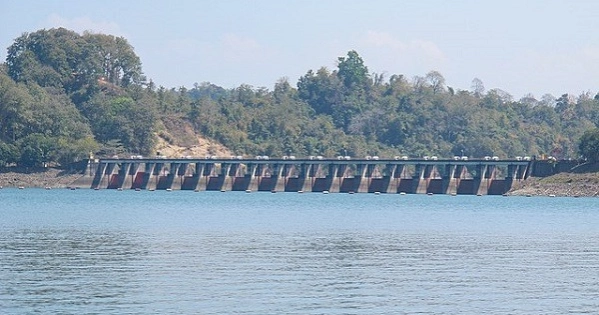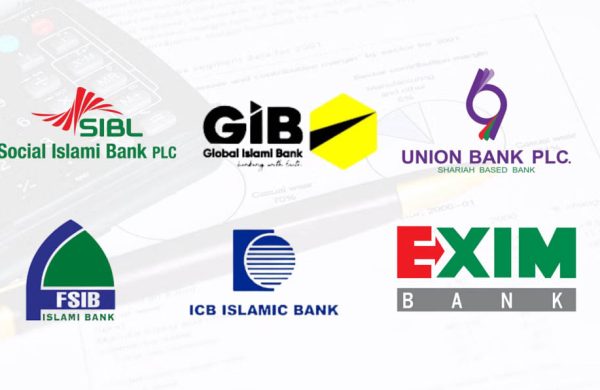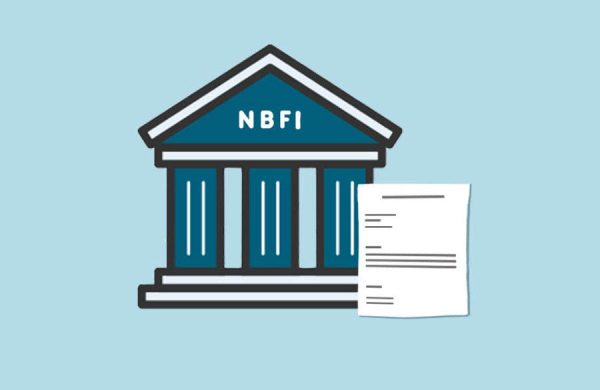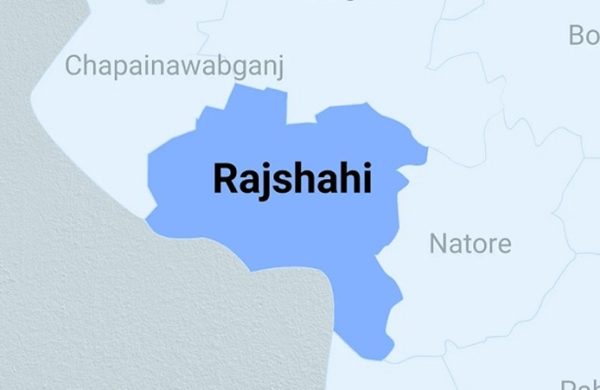Highest tariffs imposed against Bangladesh!
- Update Time : Monday, July 21, 2025
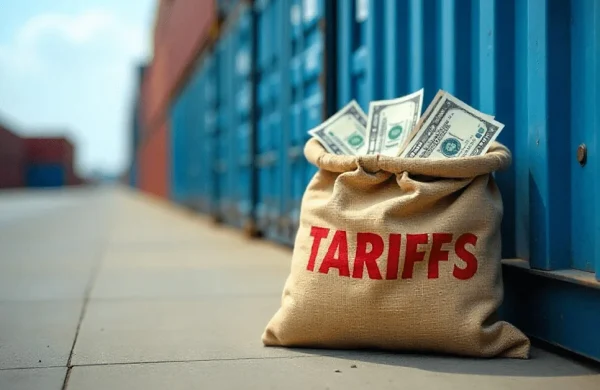
Staff Correspondent:
Starting from 1 August, Bangladesh is set to face an effective tariff rate (ETR) of nearly 50% on its exports to the United States under Washington’s new tariff policy.
This includes the existing 15% tariff plus an additional 35% Reciprocal Tariff to be imposed soon — the highest combined rate among all US trade partners, posing a serious threat to Bangladesh’s export-driven economy.
This alarming development was highlighted in a report by Fitch Ratings on 18 July, based on its updated interactive tool, the US ETR Monitor. According to Fitch, Bangladesh is the most affected country under the new tariff structure.
THE REASON:
While other countries have been granted partial exemptions on goods like oil & gas, copper, and pharmaceuticals, Bangladesh is excluded from these reliefs. As a result, key export sectors — especially the ready-made garment (RMG) industry, which is Bangladesh’s largest export earner — will bear the full brunt of the tariff hike.
In response to this unprecedented increase, the Government of Bangladesh is now reviewing the US conditions behind the new tariff regime. However, many of these conditions go beyond trade — they involve diplomatic and policy-related matters, making negotiations far more complex.
On this issue, the Ministry of Commerce convened an inter-ministerial meeting yesterday to formulate a strategic response aimed at persuading the US to reconsider its tariff decision.
Fitch’s analysis suggests that this is not an isolated move against Bangladesh — it reflects a global shift in US trade policy.
UNDER THE REVISED RATES:
Bangladesh’s ETR will increase from 15% to 50%
China’s ETR remains unchanged at 41.4%
Canada faces 35%,
Mexico: 30%
EU countries: between 12%–30% depending on the member state
Vietnam: remains at 20% under a new bilateral agreement
Indonesia: remains at 19%, also under a new bilateral agreement
The ETR Monitor developed by Fitch is an interactive analytical tool that tracks import tariffs by country and sector, updates regularly, and forecasts potential shifts in trade policy.


